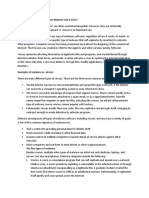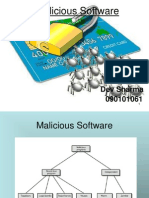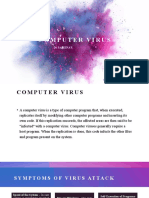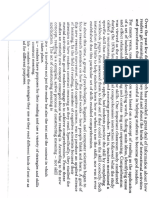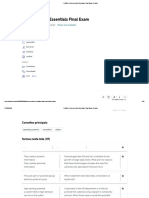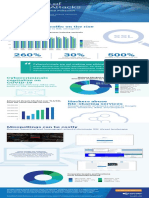0% found this document useful (0 votes)
15 views7 pagesModule 3
Malware, or malicious software, encompasses various types designed to harm computer systems, including viruses, worms, trojan horses, spyware, adware, and ransomware. Each type has distinct characteristics and methods of infection, with viruses being a common form that attaches to files and spreads upon execution. Additionally, the document outlines various cybersecurity threats and mitigation strategies, including phishing scams, drive-by downloads, and web application vulnerabilities.
Uploaded by
XIID41Sohan HazraCopyright
© © All Rights Reserved
We take content rights seriously. If you suspect this is your content, claim it here.
Available Formats
Download as PDF, TXT or read online on Scribd
0% found this document useful (0 votes)
15 views7 pagesModule 3
Malware, or malicious software, encompasses various types designed to harm computer systems, including viruses, worms, trojan horses, spyware, adware, and ransomware. Each type has distinct characteristics and methods of infection, with viruses being a common form that attaches to files and spreads upon execution. Additionally, the document outlines various cybersecurity threats and mitigation strategies, including phishing scams, drive-by downloads, and web application vulnerabilities.
Uploaded by
XIID41Sohan HazraCopyright
© © All Rights Reserved
We take content rights seriously. If you suspect this is your content, claim it here.
Available Formats
Download as PDF, TXT or read online on Scribd
/ 7











